Fall Sports, Summer Heat
September 14, 2022
It’s the turnof another school year, and that means the return of fall sports. With rising temperatures in the first weeks of practice, athletes are feeling the last days of summer, and they are hotter than previous years.
“Heat acclimation week for football, compared to previous years, has been excruciating,” football coach Mark Evans stated. Football practices have had to be changed due to the soaring heat. To tell the temperature and humidity, the Wet Bulb Test, or the WBGT test, is done before practices. The test measures temperature and humidity, and is mostly used for football. Anything between 82 and 92 degrees Fahrenheit requires modified practices. These modifications can be less padding, being off the turf, and wearing shorts, Coach Evans said. So far, there have been 4 to 5 football practices modified completely for the heat, with the entirety of heat acclimation week—the first week of football practices outside—being modified as well.
Heat acclimation week was tough, with it mostly being in the low 90s and high 80s. This is considerably more than the previous year’s low 80s to mid 70s, meaning the sports teams had to adapt to these changing temperatures. As senior lineman Devon Hapeman put it, “I would say that while heat acclimation was hotter than normal… It was a good thing.” According to Hapeman, while practices were tougher this year, it has made them a better team; they are better trained for the heats unlike previous years. The team wore only helmets and shoulder pads during acclimation week. These changes are new, but have been effective, according to Coach Evans.
With a new year for cross country, there have been new changes as well. “There have been some runs we wanted to do but the heat and sun made us run different routes,” said cross country coach Kevin Stover. As the team trains, water is given often at practices, and athletes are recommended to drink regularly over the course of the day. With relays and mile repeats, water is given after every loop, and provided throughout practice. These mile repeats and relays have also been reduced in number from previous years, from four or five in a practice to three per runner. This is to ensure the safety of the runners, with heat being the main culprit. “Even with some summer training in them, it has been difficult for all of them,” explained Coach Stover.
The field hockey team has also had the heat affect their practices. Their practices have had multiple modifications and games have been affected too. Shortened practices and more consistent breaks are becoming more and more of a normalcy. The team even had multiple water breaks during an early-season scrimmage. “We have to go through an entire jug of water every practice, the trainer is holding us accountable for that!” said head coach Jessica Shellenberger. Water is a necessity for them.
Due to this need for water, Stephanie Haefele, an athletic trainer, recommends drinking 6 bottles of water every day due to this heat. Even if you are drinking water during practices or are not involved in sports, it is recommended that you have this amount. Humidity is a growing concern as well. “When humidity is high, it is difficult for people to sweat as there is already a high amount of moisture in the atmosphere,” said Haefele. This means that the body can’t cool down as well as it typically does, leading to increased chances of heat exhaustion.
What does this all mean for the students here at the high school? Well, for starters, drink more water. As Coach Stover of the cross country team would say, “Hydrate or Die-drate.”


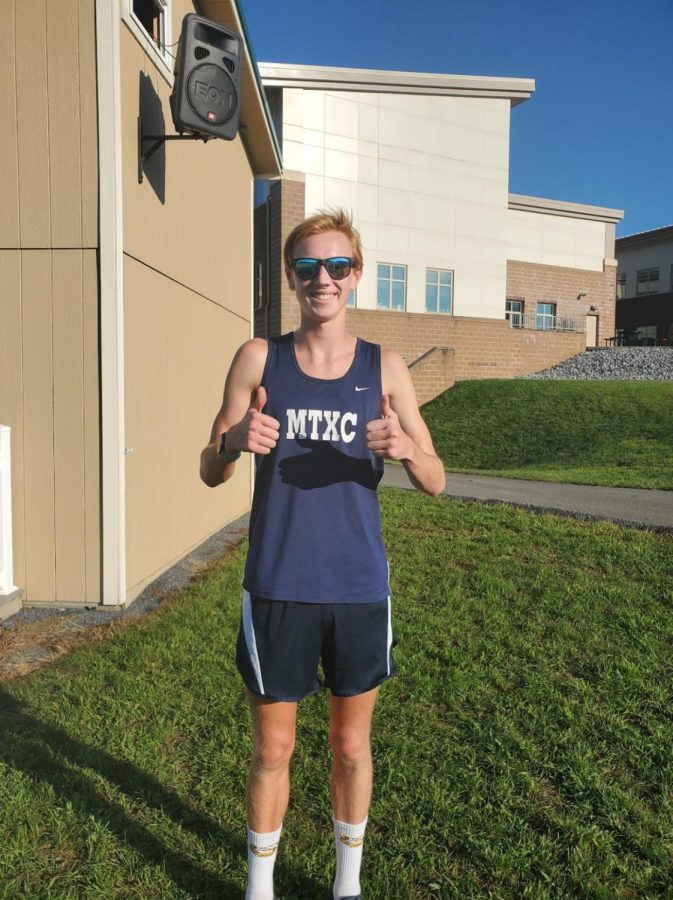




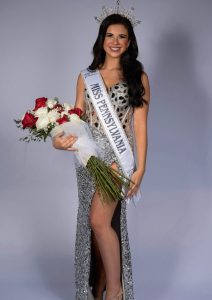
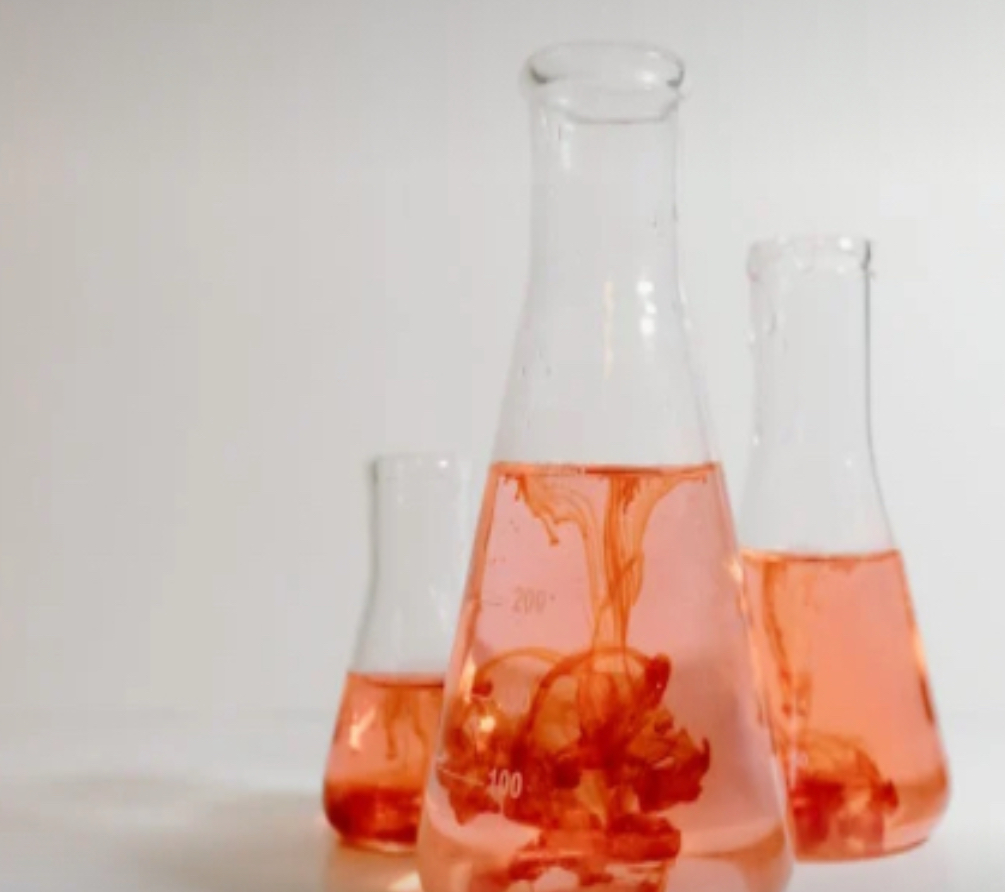
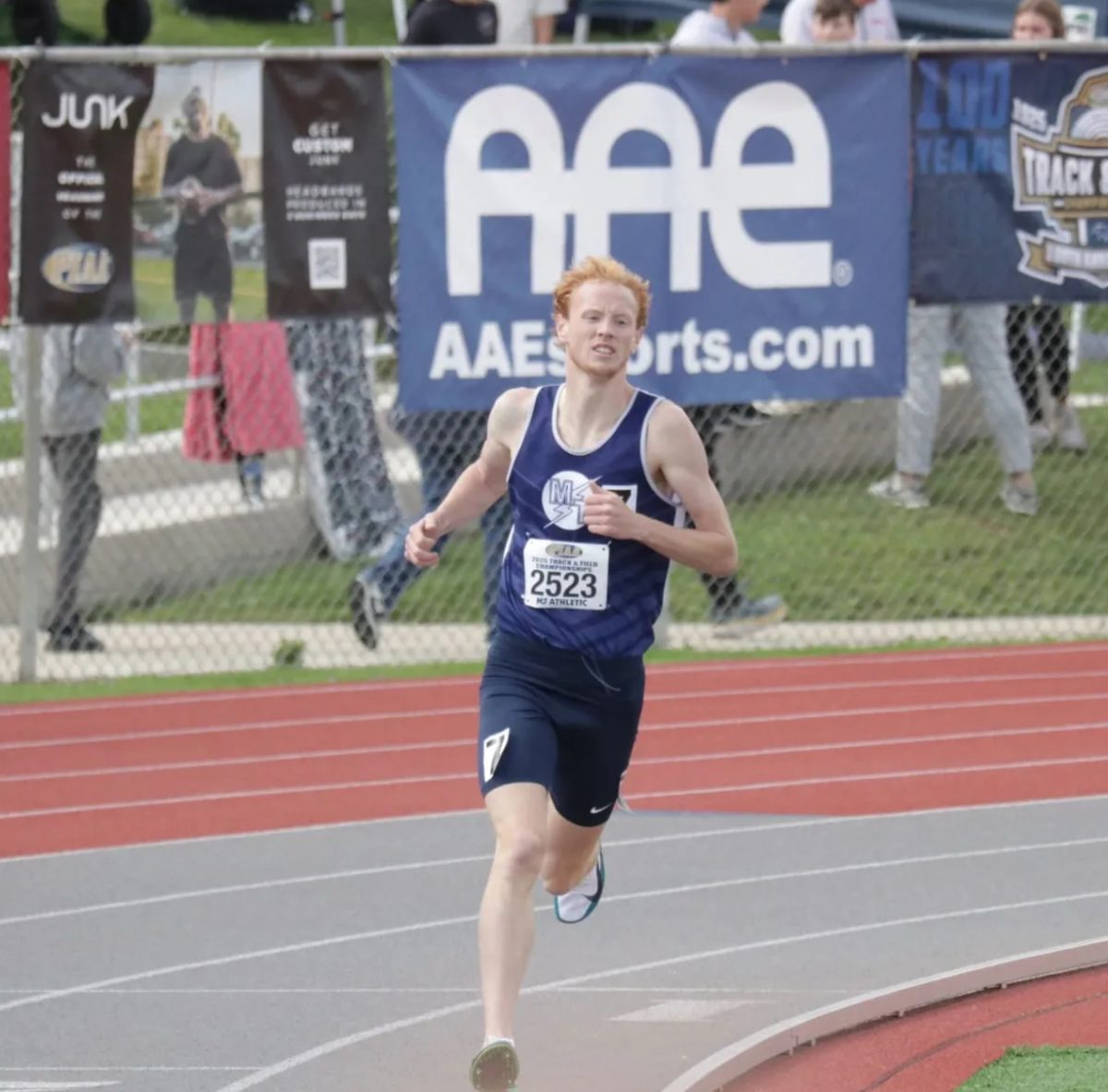
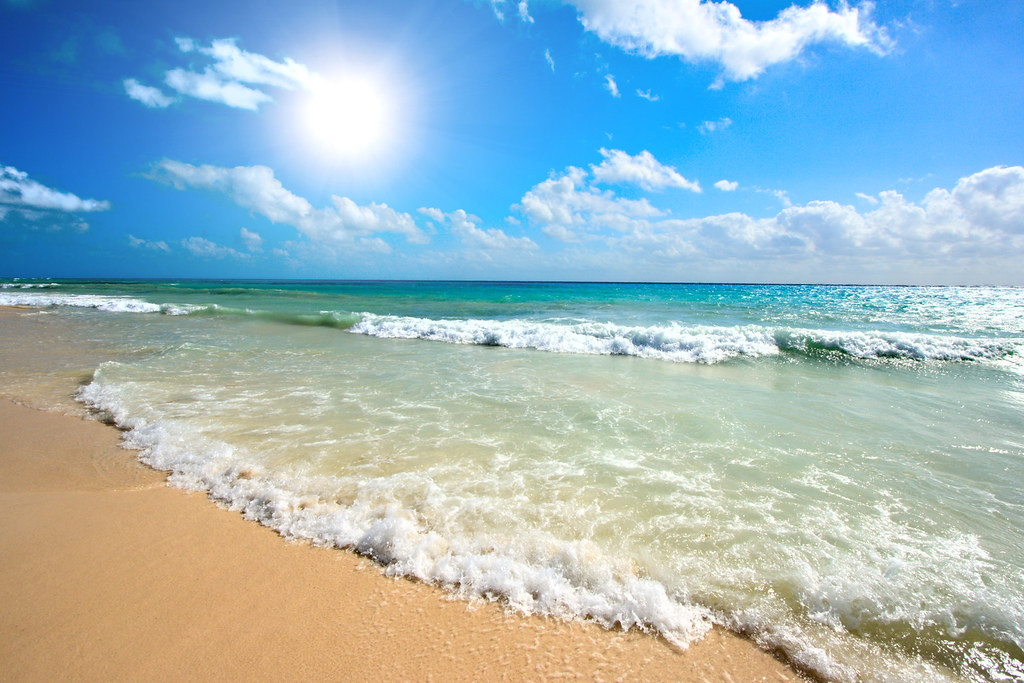


Nella Seward ., • Sep 15, 2022 at 12:47 am
I wish I could convince and apply myself to drinking more water. I know this would help me being In a a better shape and certainly healthier. This article is full of factuall details. Well written with practical wisdom. Easy to read
Bravo.
Nella Seward